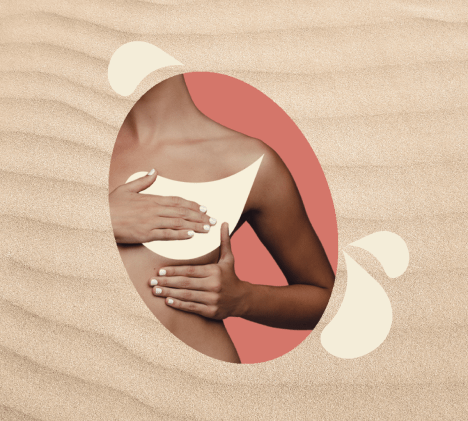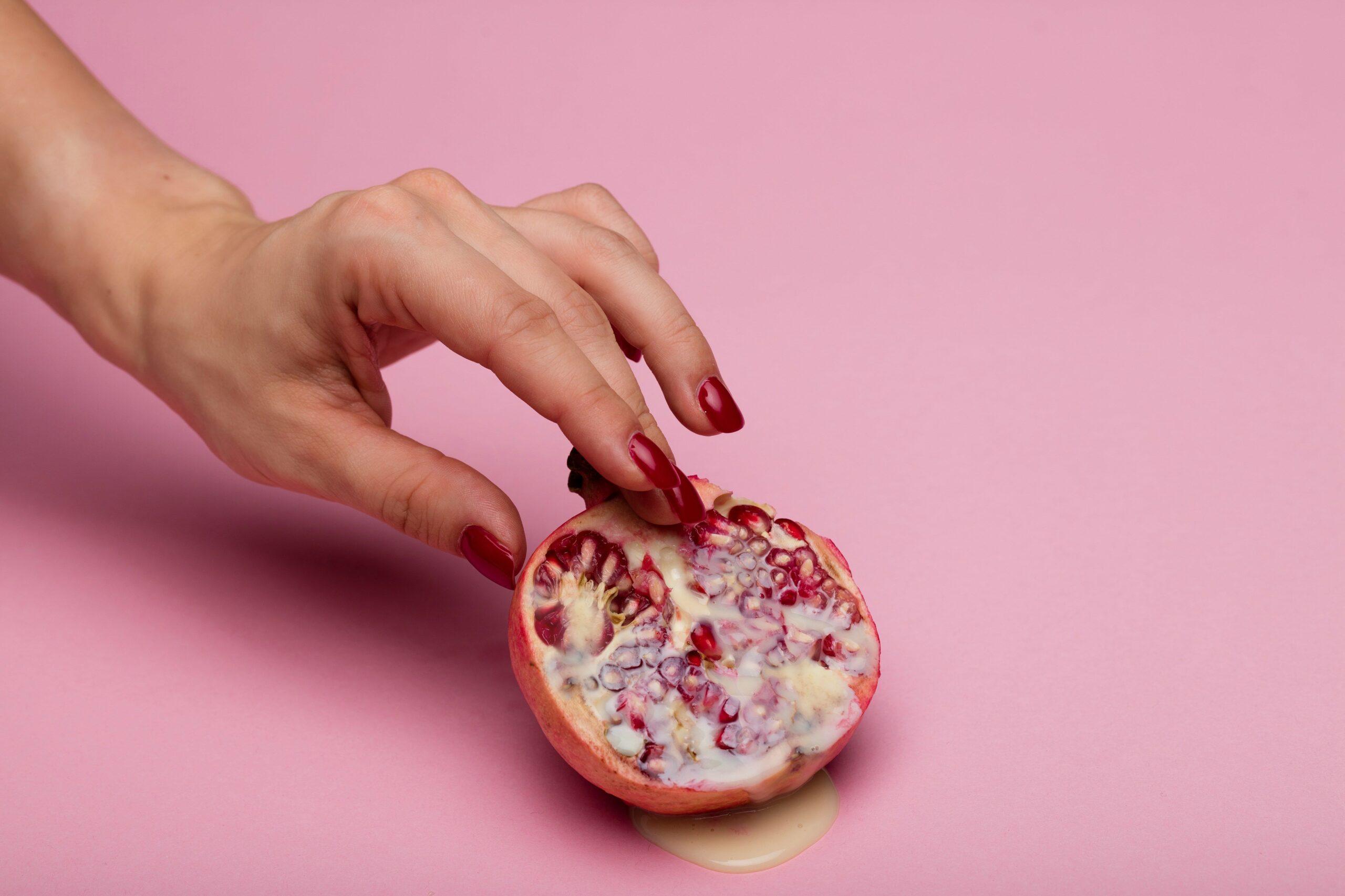
Body
Get to know your body through a better understanding of your anatomy and find the answers to some of your most common questions.
Back
All topics

4 resources

20 resources

6 resources

4 resources

6 resources
Back
All topics

9 resources

12 resources

4 resources

11 resources

2 resources
Back
Back
All topics

17 resources

11 resources

17 resources

2 resources

Mauj Products
We’ve designed our products to help you explore your body, solo or otherwise. Whether you’re a curious novice or a seasoned explorer, this is for you.
Back
All topics

4 resources

20 resources

6 resources

4 resources

6 resources
Back
All topics

9 resources

12 resources

4 resources

11 resources

2 resources
Back
Back
All topics

17 resources

11 resources

17 resources

2 resources

Mauj Products
We’ve designed our products to help you explore your body, solo or otherwise. Whether you’re a curious novice or a seasoned explorer, this is for you.

Many of us grow up with a lack of understanding and even with discomfort regarding our own anatomy, missing out on the vital signs our bodies are constantly communicating to us. One of the most telling but overlooked aspects of our health is vaginal discharge, a natural and healthy expression that can offer insightful clues into our sexual, reproductive, and overall well-being.
Let’s explore how vaginal discharge changes throughout the menstrual cycle and how it can be an indicator of the phase you’re in.
Vaginal discharge is a fluid produced by glands inside the vagina and cervix. It carries away dead cells and bacteria, keeping the vagina clean and helping to prevent infections. Most people notice a clear or white discharge, but slight variations in color and texture are also normal.
The characteristics of vaginal discharge change during the menstrual cycle due to fluctuating hormone levels. Here’s what you can typically expect:
During Menstruation:
This is when your cycle begins, marked by menstrual bleeding. The discharge at this stage is primarily blood, shedding the uterine lining. You might also notice small clots or a mix of mucus in the blood, which is normal. This phase can vary in duration, amount of blood, color of blood, or levels of pain. Read this resource to learn what a normal period is supposed to look like.
Post-Menstruation:
After your period ends, you might enter what's often called the "dry phase." During these days, there's usually little to no discharge to notice. Your body is in the early stages of preparing for the next ovulation. This dryness is because estrogen levels are starting to build up but haven't yet peaked.
Pre-Ovulation:
As you approach ovulation, estrogen levels rise significantly. This increase in estrogen causes the discharge to change, becoming stickier and cloudier in appearance. Some people describe it as having a creamy texture. This change is your body's way of starting to create a more sperm-friendly environment as ovulation nears.
Ovulation:
Ovulation marks the point of your cycle when an egg is released from one of your ovaries. Around this time, the discharge often increases in volume and changes to a clear and very stretchy consistency that resembles raw egg whites. This type of discharge is known as fertile mucus because its texture and pH are ideal for sperm to survive and meet an egg for fertilization.
Pre-Menstruation
After ovulation, the body enters the luteal phase. If the egg isn't fertilized, your body starts to prepare for the next cycle. Progesterone levels rise, making the discharge thicker and less abundant. The texture may become creamy or sticky again, and the color can range from white to light yellow. This thicker discharge helps to form a cervical plug, which is a barrier that protects the uterus from infection.
Understanding changes in your vaginal discharge can help you become more in tune with your menstrual cycle and your body's fertility signals. Learn about the 4 vaginal discharge indicators to look out for to be able to notice when something might be wrong and consult a healthcare provider.
Did you find the answer you were looking for? Is there something we missed? What did you think of this resource? We want to hear from you.





